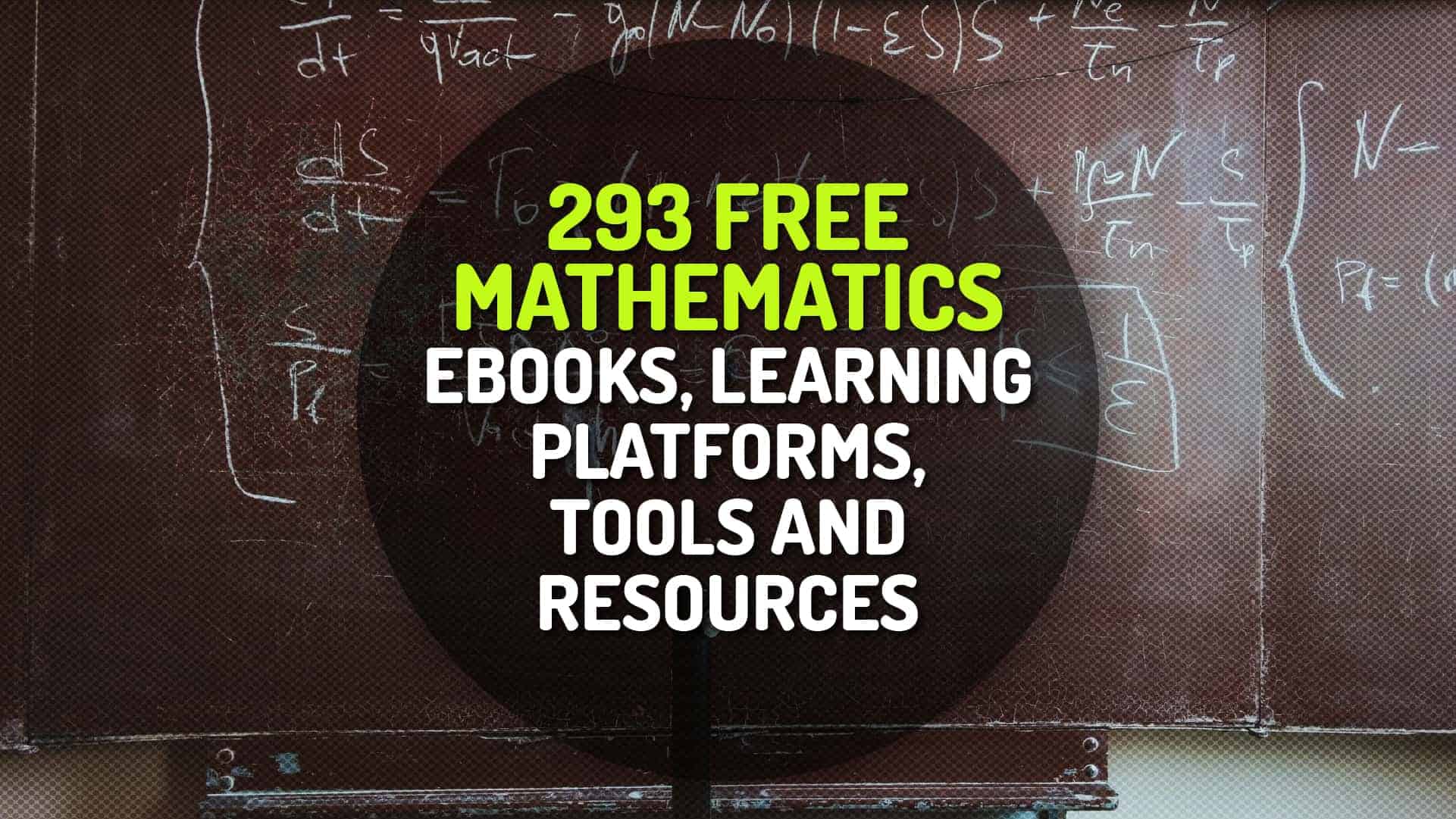The way we think about programming has undergone many changes in the years since the first electronic computers required patch cables and switches to convey instructions from human to machine. As is the case with many aspects of society, changes in computing technology provide computer scientists with a growing number of tools and platforms on which to practice their craft. Advances such as faster processors, high-speed networks, and large memory capacities have created a spiral of complexity through which computer scientists must navigate. Throughout all of this rapid evolution, a number of basic principles have remained constant. The science of computing is concerned with using computers to solve problems.
You have no doubt spent considerable time learning the basics of problem-solving and hopefully feel confident in your ability to take a problem statement and develop a solution. You have also learned that writing computer programs is often hard. The complexity of large problems and the corresponding complexity of the solutions can tend to overshadow the fundamental ideas related to the problem-solving process.
This book emphasizes two important areas. First, it reviews the framework within which computer science and the study of algorithms and data structures must fit, in particular, the reasons why we need to study these topics and how understanding these topics helps us to become better problem solvers. Second, we review the Python programming language. Although we cannot provide a detailed, exhaustive reference, we will give examples and explanations for the basic constructs and ideas that will occur throughout the remaining chapters.
The objective of this book:-
- To review the ideas of computer science, programming, and problem-solving.
- To understand abstraction and the role it plays in the problem-solving process.
- To understand and implement the notion of an abstract data type.
- To review the Python programming language.





